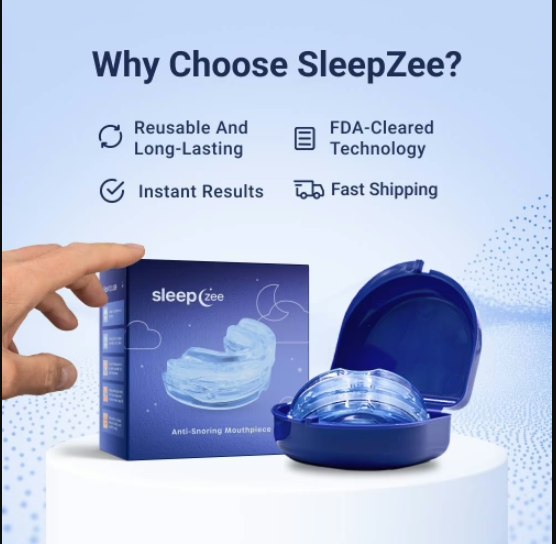
SleepZee Anti-Snoring Mouthpiece Reviews: An In-Depth Review & User Guide
Snoring is more than a nighttime nuisance—it can fragment your sleep, strain relationships, and leave you foggy the next day. If you’ve been hunting for a simple, non-electronic way to quiet the noise, the SleepZee Anti-Snoring Mouthpiece aims to do exactly that. Below is a complete, practical guide covering how it works, who it’s for, setup and care, expected results, and how it compares with other snoring solutions.
What Is the SleepZee Anti-Snoring Mouthpiece?
SleepZee is a boil-and-bite oral appliance designed to help reduce or stop snoring by slightly repositioning your jaw and/or stabilizing your tongue during sleep. The idea is straightforward: snoring often happens when soft tissues in the airway vibrate due to partial obstruction. By nudging your lower jaw forward just a little (or otherwise keeping your airway more open), SleepZee aims to keep those tissues from fluttering like a loose reed in a clarinet—resulting in quieter, less disrupted nights.
Quick snapshot
Type: Anti-snoring mouthpiece (customizable boil-and-bite)
Goal: Improve airflow and reduce tissue vibration that leads to snoring
Who it’s for: Adults with habitual snoring who want a drug-free, non-invasive option
Who should not use: Anyone with certain dental/medical conditions (details below) or suspected sleep apnea without medical evaluation
How It Works
1) Airway Mechanics, Simplified
When you fall asleep, muscles in your tongue and throat relax. If the airway narrows, airflow speeds up and causes the relaxed tissues to vibrate—snoring. By gently advancing the lower jaw (mandible) a few millimeters, the tongue base follows forward, the airway widens, and airflow smooths out. Less vibration, less noise.
2) Boil-and-Bite Custom Fit
SleepZee uses a thermoplastic that softens in hot water. You mold it at home to your bite so it stays comfortable and stable during the night. A snug fit matters: better seal, better comfort, better results.
3) Adjustable Advancement (Model-Dependent)
Many boil-and-bite devices allow small tweaks to jaw advancement. Minor adjustments can be the difference between “helpful” and “highly effective,” while also reducing jaw fatigue.
Who Can Benefit
-
Habitual snorers who don’t want to use machines or medications.
-
Back sleepers (snoring often worsens supine) who want extra airway support.
-
Partners of snorers who are desperate for quiet, consistent nights.
-
Travelers who prefer a compact, no-battery solution compared with bulky devices.
When to Talk to a Doctor First
Snoring is common, but loud snoring plus daytime sleepiness can indicate obstructive sleep apnea (OSA)—a medical condition that requires evaluation. Seek medical advice before using any mouthpiece if you have:
-
Suspected or diagnosed OSA and no ongoing treatment.
-
Significant TMJ (jaw) pain, jaw clicking/locking, or a history of jaw dislocation.
-
Loose teeth, recent dental implants, advanced gum disease, or ill-fitting dentures.
-
Severe bruxism (teeth grinding) or jaw clenching that causes pain.
-
Chronic nasal obstruction (e.g., untreated deviated septum, serious allergies).
If you’re unsure, a quick chat with a dentist or sleep specialist is wise.
Unboxing & First Impressions
A typical SleepZee package includes the mouthpiece, a case for hygiene, and step-by-step molding instructions. The device feels lightweight and slightly pliable when warmed. Expect a neutral, medical-grade thermoplastic feel with a smooth finish. The build should be robust enough for nightly use but soft enough not to irritate cheeks and gums once molded.
Step-by-Step: Fitting Your SleepZee
-
Read the full instructions first. Have a timer, mirror, slotted spoon/tongs, and a cup of cold water ready.
-
Boil water, then remove from heat. Wait ~30 seconds off the boil to avoid overheating the material.
-
Soften the mouthpiece by submerging it for the recommended time (usually under a minute).
-
Align and insert: Using a mirror, center the device, bite gently but firmly, and press the material against teeth and gums with your fingers and tongue.
-
Suck-and-press technique: Some users find better contours by gently sucking in to form a vacuum while pressing along the gumline.
-
Set the shape: Remove and immediately place in cold water to lock in your custom mold.
-
Test the fit: If it’s not quite right, many thermoplastics can be re-molded once or twice. Follow the product’s guidance on how many refits are safe.
Pro tip: Start with minimal jaw advancement. If snoring persists after a few nights, increase by the smallest increment recommended until you find the sweet spot between effectiveness and comfort.
The First Week: What to Expect
-
Night 1–3: Mild drooling and jaw awareness are common; usually diminish quickly.
-
Night 2–5: Many users report reduced snoring frequency or volume. Partners often notice first.
-
Night 4–7: Fit and comfort settle in. If snoring remains unchanged, consider a small advancement adjustment.
-
Morning feel: Gentle jaw stretching or a soft chew can relieve temporary stiffness.
Benefits You Might Notice
-
Quieter nights for you and your partner.
-
Fewer wake-ups due to snore-induced micro-arousals.
-
More refreshed mornings, better mood and focus.
-
Travel-friendly (fits in a pocket, no cords or charging).
-
Drug-free and non-invasive approach.
Potential Drawbacks & How to Handle Them
-
Jaw or tooth soreness: Usually temporary. Reduce advancement slightly and ramp up gradually.
-
Dry mouth or drooling: Hydrate well; keep water at bedside. These effects often fade after a few nights.
-
Gag reflex for sensitive users: Practice inserting while awake; trim boil time to avoid bulky edges (only if instructions allow).
-
Mouth breathing issues: If nasal congestion is constant, address that (saline rinse, allergy management) to support mouthpiece success.
Comparing SleepZee with Other Snoring Solutions
vs. Chin Straps
Chin straps aim to keep the mouth closed but don’t advance the jaw. If your snoring is mainly from the tongue base or soft palate, a jaw-advancing device like SleepZee often works better.
vs. Nasal Dilators & Strips
Great for nasal resistance (stuffy nose, narrow nostrils). If your snoring comes from the throat area, nasal aids alone may underperform. They can, however, stack nicely with SleepZee for combo benefits.
vs. CPAP
CPAP is the gold standard for moderate-to-severe OSA, but it’s bulky and requires electricity. If you don’t have OSA (or have mild snoring), a mouthpiece is less intrusive and easier to travel with. If you do have OSA, don’t swap CPAP for a mouthpiece without talking to your clinician.
vs. Tongue Stabilizing Devices (TSDs)
TSDs hold the tongue forward with gentle suction rather than moving the jaw. They can be great for people with TMJ sensitivity. However, some users find TSDs less comfortable or harder to keep in place. SleepZee’s approach may feel more natural if you’re comfortable with a dental-style device.
Realistic Outcomes (Set the Right Expectations)
-
Many users see a meaningful reduction in snoring volume and frequency.
-
A smaller portion experience near-complete elimination of snoring.
-
A minority will see little change, often due to improper fit, insufficient advancement, nasal obstruction, alcohol intake near bedtime, or undiagnosed sleep apnea.
Keep a simple snoring diary (or use a snore-tracking app) for 1–2 weeks before and after starting; it makes improvements easier to spot and fine-tune.
Care, Cleaning, and Longevity
-
Daily rinse: Each morning, rinse with cool water and a mild, non-abrasive cleanser or denture tablet solution.
-
Weekly soak: Use a manufacturer-recommended cleaner to prevent buildup.
-
Storage: Dry thoroughly and store in the provided ventilated case. Keep away from heat.
-
Replacement cadence: Thermoplastic devices typically last several months with nightly use; longevity varies with grinding habits and care.
Better Results Through Smart Sleep Habits
SleepZee works best when paired with a few lifestyle tweaks:
-
Side sleeping: Reduces gravity-driven tongue collapse seen in back sleeping.
-
Evening alcohol & sedatives: Limit 3–4 hours before bed; they relax airway muscles.
-
Weight management: Even modest loss can reduce snoring for some individuals.
-
Nasal hygiene: Saline rinse or appropriate allergy management keeps airflow smooth.
-
Consistent sleep schedule: Regularity can reduce fragmented sleep and arousals.
Frequently Asked Questions
Q: Will it affect my bite?
Most users do not experience lasting bite changes when advancement is modest and the device is used as directed. Temporary morning bite shift often resolves within minutes. If you notice persistent discomfort, back off the advancement and consult a dentist.
Q: Can I use this with crowns or bridges?
Often yes, but it depends on your dental work’s stability and your dentist’s guidance. If you have recent implants or loose teeth, seek dental clearance first.
Q: What if I grind my teeth?
Light to moderate bruxers often do fine. Heavy grinders may wear devices faster or experience jaw soreness. Monitor comfort and consider a dentist’s input.
Q: Is it safe during pregnancy?
Mouthpieces are non-drug and generally considered low-risk, but always consult your healthcare provider if you’re pregnant or have medical conditions.
Q: Can I breathe through my mouth while wearing it?
Many mandibular advancement devices allow some oral airflow, but optimal results come when nasal breathing is unobstructed.
Q: How quickly should I expect results?
Some notice improvement the first few nights; for others it takes a week or two of fine-tuning. Track changes to guide adjustments.
Pros & Cons at a Glance
Pros
-
Non-invasive, drug-free
-
Custom fit at home (boil-and-bite)
-
Portable and travel-friendly
-
Often effective for tongue-base/soft-palate snoring
-
Can complement other aids (nasal strips, positional therapy)
Cons
-
Possible jaw/tooth soreness initially
-
Not suitable for certain dental conditions or untreated OSA
-
Fit and advancement may require trial and error
-
Needs regular cleaning and periodic replacement
When SleepZee May Not Be Enough
If you or your partner notice choking, gasping, prolonged breathing pauses, or if you wake unrefreshed despite long sleep, you may have sleep apnea. A mouthpiece that reduces snoring might mask symptoms without treating the underlying issue. In such cases, get a sleep evaluation—home sleep tests are widely available and easy to arrange.
User-Centered Tips for Success
-
Start small, go slow: Minimal advancement first; adjust only after 2–3 trial nights.
-
Check nasal airflow: If you can’t comfortably breathe through your nose, address congestion.
-
Mind your bedtime routine: Avoid alcohol close to lights-out, and keep a consistent schedule.
-
Stick with it: Give yourself 7–14 nights to adapt before judging the results.
-
Enlist your partner: They’re the best “sound meter” you’ve got—ask for nightly feedback.
The Bottom Line
The SleepZee Anti-Snoring Mouthpiece is a practical, budget-friendly way to tackle common snoring. For many adults with “garden-variety” snoring—especially those who snore louder on their backs—an adjustable, well-fitted mouthpiece can make a noticeable difference. It’s easy to travel with, simple to care for, and doesn’t require electricity or apps.
It’s not a cure-all. If you have dental issues, TMJ sensitivity, or possible sleep apnea, consult a professional before using it. Pairing the device with healthy sleep habits and gradual, patient adjustment gives you the best shot at quieter, more restorative nights.
If snoring has been stealing your sleep (and peace) for too long, SleepZee offers a straightforward, non-invasive path to try—one that’s often surprisingly effective once you dial in the fit.
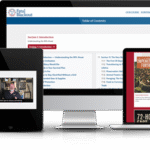
![Zanari CBD Gummies Reviews [NEWEST UPDATE] Every USA Customer Must Know Before Spending!!! Zanari CBD Gummies Reviews [NEWEST UPDATE] Every USA Customer Must Know Before Spending!!!](https://bingnews24x7.com/wp-content/uploads/2025/10/Golden-Fountain-Farms-CBD-Gummies-150x150.png)



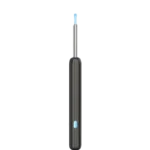
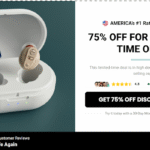
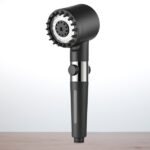
![Green Nature Farms CBD Gummies Reviews [Website Fact Check!] Know The Truth Before Buying! Green Nature Farms CBD Gummies Reviews [Website Fact Check!] Know The Truth Before Buying!](https://bingnews24x7.com/wp-content/uploads/2025/09/Golden-Fountain-Farms-CBD-Gummies-150x150.png)
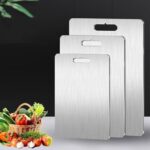
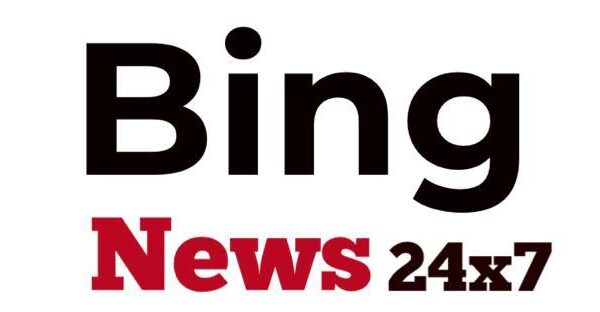

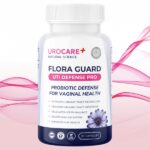
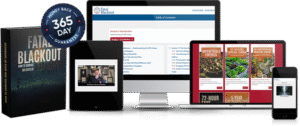



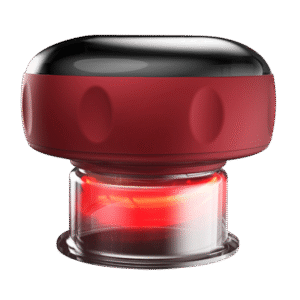
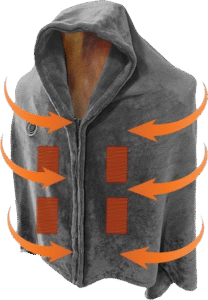
Average Rating